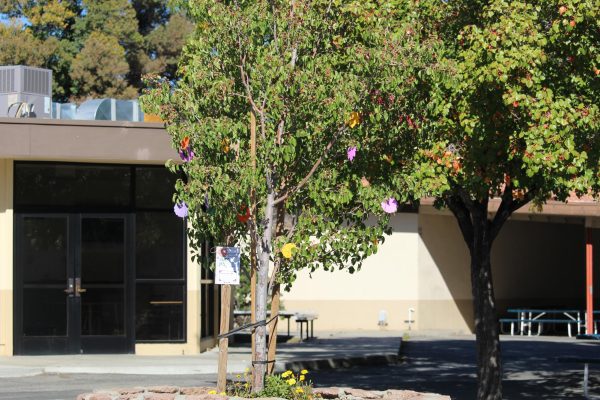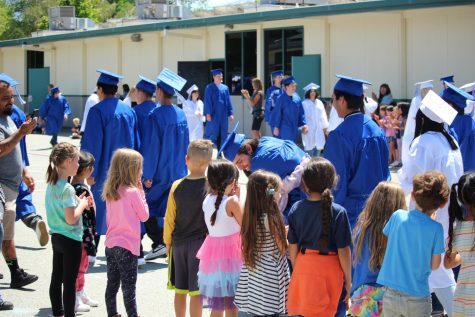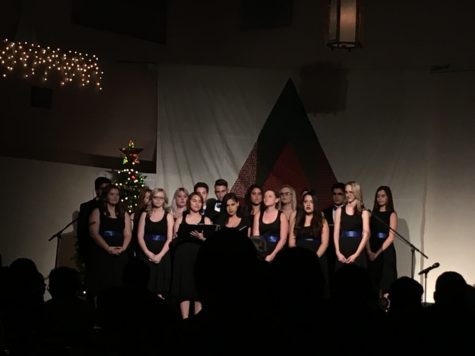Why Schools Need The Arts
February 28, 2017
An education without the Arts is likely not an education at all.
Opinion piece by Jeniffer Velazquez
Since the beginning of public-school-time, schools have constantly included their Arts programs, spanning from Band to Fashion, at the top of their lists to cut for the sake of their budgets. However, what schools do not realize is that these Arts programs are crucial aspects for any student’s education. Here are a few reasons why Arts in school should be celebrated, and absolutely kept.
The Arts encourage students to overcome anxiety and better their self-confidence.
What better way to promote confidence in students than by experience? Programs in which students are required to perform in front of peers and large audiences are more likely to teach students to believe in themselves and be confident, than just telling a student how to overcome their fears. A boost of self-confidence is a boost of any student’s mind, and can even impact their grades positively in the long run. As their mental health is a crucial aspect to their overall success in school, removing an Art program would cause a decline in student confidence, and therefore a decline in academics.
The Arts are some students’ only encouragement to attend and excel in school.
When a student wakes up in the morning to go to school, odds are they rack their brains to find the reason why they’d even make the effort to show up. For various students, their reason to go is their Band class, or Choir, or Fashion. Some of these classes also require competitions and trips as part of their curriculum, and sometimes you must meet the requirements to go. This includes a certain GPA, or at least, a no-failing-grade requirement in order to attend the competition or go on the trips. For students, this could be their only motivation to keep their grades up and not let them drop to failing grades, so they therefore focus and study more on their academics as a result.
The Arts help students discover what they want to do in their adult lives.
Students often enter high school with no idea what they want to do for the rest of their lives. They spend their Freshman through Senior years in a panic, as everyone around them seems to have an idea of where they’re applying or what their job will be. However, the Arts can be the miracle these particular students are looking for. Without an Arts program, students would have no idea that a career in music, theatre, or fashion are even plausible options for their future. Students are exposed to several more options for their futures when Arts programs and classes are available at schools. Personally, if I had not discovered theatre, I would have only dreamed of becoming a singer, and not decided that it was the career I wanted to pursue. There are hundreds, maybe thousands of careers that are directly tied with the Arts, like film-editing, make-up and hair, and lighting. Each student is different, and there are jobs out there that can fit anyone easily.
The Arts teach students to work together and collaborate for a higher cause.
Programs like Band and Choir are crucial to teach students how to work together to make their outcome spectacular. If a student does not want to go into an Arts career, they will have at least learned how to cooperate with other members of a group, how to interact, and how to highlight every member’s individual abilities. This is an important skill to have in the workforce, as interacting and socializing with coworkers and peers are vital to an excelling, productive workplace. Although core classes sometimes encourage group work, Art programs cannot excel without tight-knit, cooperative groups to lead them to trophies and victories at their competitions.
I plead that any, and all, schools putting their Arts programs on the chopping block to rethink their decision with these key points in mind. The Arts can encourage students to live happy, healthy, cooperative lives in their futures, and can result in positive outcomes for students as they become adults in the real-world.













